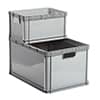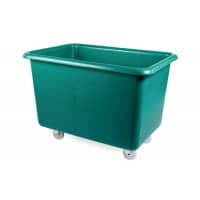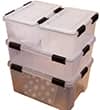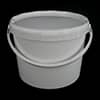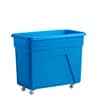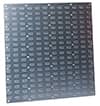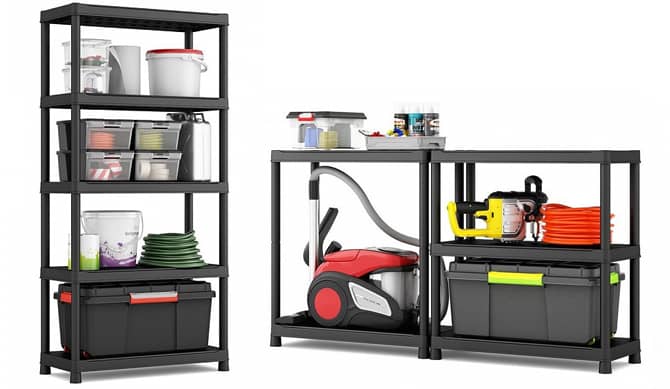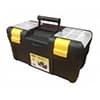Plastic pollution is an ongoing concern, and governments are continually working with industry to find ways of reducing its unnecessary use.
Causing pollution and contributing to climate change; some plastics are worse for the environment than others, as they cause more degradation to ecosystems, natural resources and organisms.
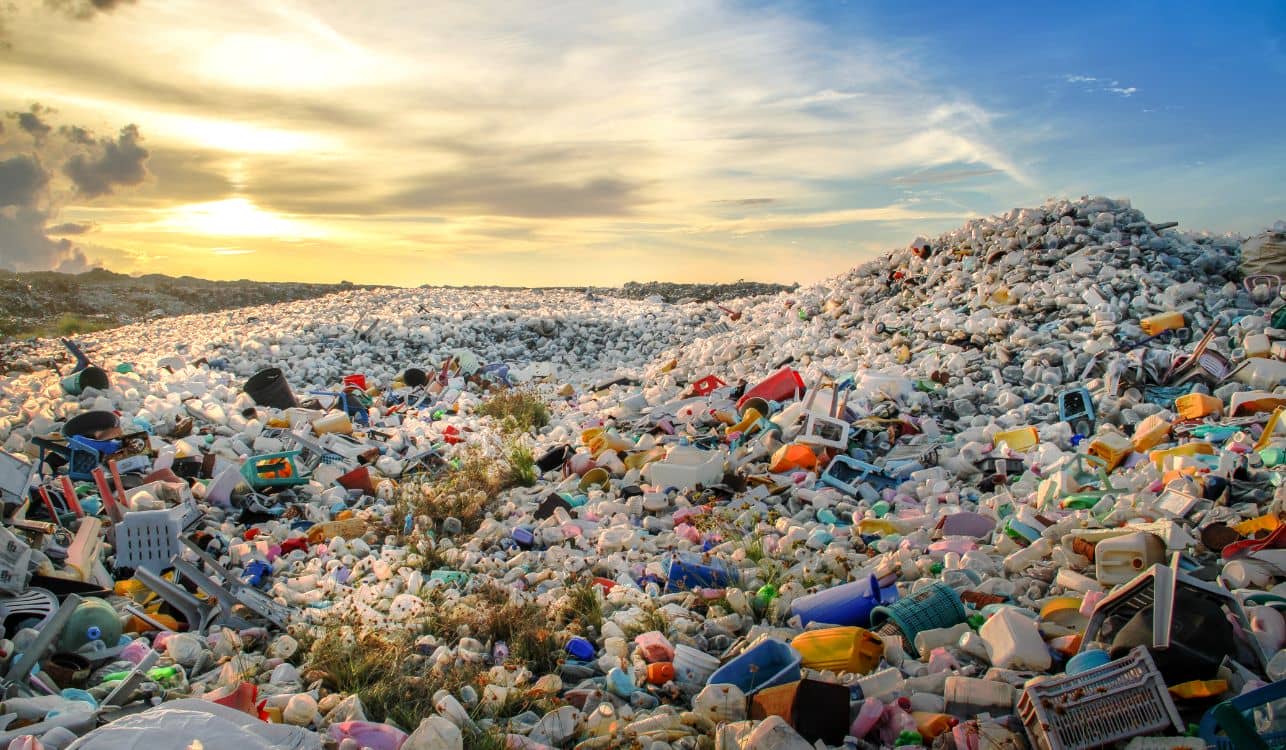
© MOHAMED ABDULRAHEEM / Shutterstock.com
The most damaging plastics are those made for single-use, such as food wrappers and packaging, as they are often just thrown away, adding to pollution problems, especially in our oceans. Plastics that break down into microplastics are particularly likely to end up in the sea.
Plastics that contain toxic additives and that can’t be recycled are also hazardous, as are those with energy intensive production methods. Any plastics that are likely to harm wildlife, either by being ingested or through entanglement, are also dangerous.
Facts about plastic pollution
More than 460 million tonnes of plastic are produced globally every year, with the amount expected to significantly increase by 2040. It makes up approximately 85% of marine litter, with an estimated 12 million tonnes of plastic ending up in the sea annually.
The resulting microplastics enter the food chain through fish and other marine creatures and have been found in the human body. Every year, hundreds of thousands of dolphins, whales and porpoises die as a result of becoming entangled in, or ingesting, carelessly discarded fishing equipment.
More than 98% of single-use plastics come from fossil fuels, with the production of plastic contributing significantly to climate change. Scientists estimate mass plastic production could generate as much pollution as 615 coal power stations by 2040, yet research suggests only 9% of all the plastic ever made has been recycled.
PET
The shortened name for polyethylene terephthalate, PET is a lightweight, strong and transparent plastic commonly used for packaging. With a smaller carbon footprint than most other plastics, it can be recycled.
Used to make jars and bottles for food, drinks, pharmaceuticals and cosmetics, it’s shatterproof and resistant to microorganisms. PET is also used to make polyester fibres for upholstery, clothing and carpets; car parts for improved aerodynamics and lighter weight; medical devices such as tubing and surgical sutures; and for 3D printing.
HDPE
HDPE or high-density polyethylene is a versatile plastic with many uses including shampoo, detergent and milk bottles; corrosion-resistant piping; cutting boards and plastic lumber, as it resists moisture, mould and mildew.
Low cost and easy to make, it is used in toy manufacture. Medical devices, automotive parts and construction materials are also made from HDPE.
Known for its strength and durability, HDPE is resistant to UV rays, chemicals, moisture and weathering. One of the most cost-effective plastics, it can be recycled and reused, so is considered relatively eco-friendly.
PVC
Polyvinyl chloride, known as PVC or vinyl, is inexpensive, versatile and durable, making it ideal for building and construction parts such as pipes, window frames and decking. It is also used in healthcare for tubing, blood bags, oxygen tents and medical devices; in the electronics sector as cable and wire insulation; and for windscreen components and seat covers in the automotive industry. Common uses of PVC include garments such as raincoats, shoes, boots and other items of clothing; soft plastic toys; credit cards and vinyl records.
The second most produced plastic in the world, after polyethylene, PVC is sadly one of the most damaging plastics for the environment. During its production, use and disposal, environmental damage occurs, so the growing trend is for less hazardous alternatives to be used.
LDPE
Low-density polyethylene or LDPE is a durable, flexible and recyclable thermoplastic used widely across many industries and applications, such as for plastic carrier bags; food bags; dispensing bottles and trays.
In agriculture, it’s used for irrigation systems and transporting water to livestock, while it’s deployed in the medical sector for tubing, bags, packaging and containers and in various construction applications.
Lightweight, chemical and moisture-resistant, and easy to process, LDPE is the first choice in many industries, but due to its low recyclability, it tends to accumulate in landfills – I think we all know the environmental impact of plastic bags!
Polypropylene
Polypropylene or PP, is a thermoplastic resin used for food and beverage packaging such as yoghurt containers and bottle caps. Also used in the automotive industry, its flexible and lightweight properties make it suitable for parts such as vehicle dashboards and bumpers.
It can be used for healthcare due to its ability to withstand temperature extremes and high melting point; clothing and accessories such as modern jewellery; toys; battery cases; buckets, crates and bowls.
Polystyrene
Used for disposable cups, trays and food containers; electronics packaging; cosmetics packaging; acoustic and thermal insulation in the construction industry; and smoke detector cases; polystyrene, also known as PS, is petroleum based. In the medical sector, it’s used to make test tubes, Petri dishes and diagnostic equipment. A highly versatile plastic, it can be shaped to fit specific requirements.
Also known as Styrofoam, it is popular thanks to being inexpensive and lightweight. However, it’s difficult to recycle, raising concerns about its environmental impact. It contributes to pollution and tends to break down into microplastics, which as we have already mentioned, can negatively impact marine life.
Polycarbonate
Polycarbonate or PC refers to plastics created from thermoplastic polymers. Often used in engineering, they are tough and durable, while some optically transparent grades are used to make lenses, as they’re easily moulded.
PC is also used to make containers, including food grade items. However, it is considered problematic for the environment and human health, as it can take centuries to degrade and has the potential for BPA leaching - this means the BPA (bisphenol) used in the manufacturing of PC can seep out and find its way into food and drinks, including water bottles and food storage containers.
What are the alternatives to harmful plastics?
Biodegradable plastics that can be decomposed and reusable products are the alternatives to toxic plastics, but each have their limitations. Biodegradable plastics can break down within months, or even weeks, if placed in the right conditions, but they can also create microplastics that don’t break down rapidly in the marine environment.
In addition, they can have a negative impact on the recycling stream when mixed with regular plastics, so they must be clearly labelled. If mixed with regular plastics, biodegradable plastic can reduce the functionality and lifespan of the recycled products.
Reusable plastic products may have a lower hygiene standard over time, as repeated use can eventually cause chemicals to leak out of tiny cracks in bottles, for example. Polystyrene can leak styrene, a suspected human carcinogen, into food and beverages.
Continually washing plastic water bottles can lead to inner surface abrasion, creating a higher risk of microplastics escaping into the water system. The food-grade containers can also harbour bacteria the more times they are washed and used if they’re not cleaned thoroughly.
The complex issues of managing the use of plastics (which are vital in everyday life), while reducing the damage they cause to the environment is something scientists will continue to investigate for many years to come.






